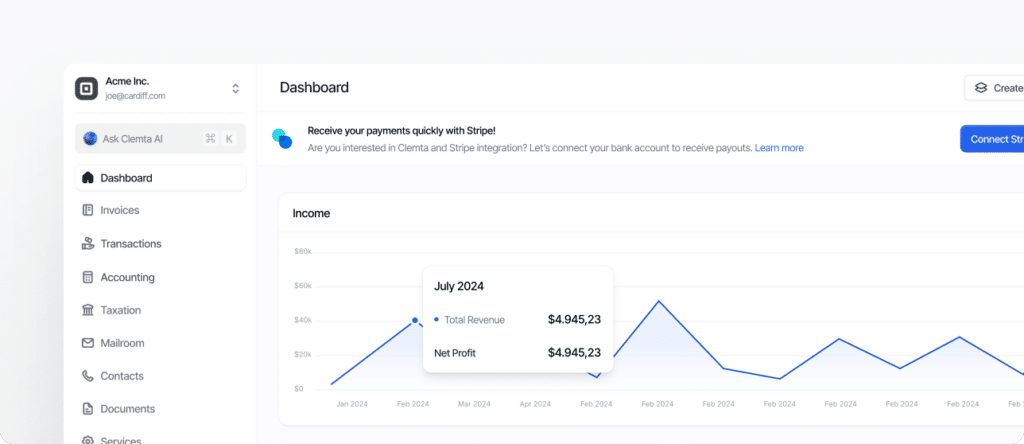A formal request made to the IRS to choose how a business entity will be classified for U.S. federal tax purposes, such as being taxed as a corporation, partnership, or disregarded entity.
What is an Entity Classification Election?
An Entity Classification Election is the process by which a business informs the Internal Revenue Service (IRS) of its preferred tax classification, using Form 8832 (or Form 2553 for S-Corporation elections). By default, the IRS assigns a classification based on the entity type and number of owners (for example, a single-member LLC is generally taxed as a disregarded entity, and a multi-member LLC as a partnership). However, through an Entity Classification Election, the owners can “elect” to change this default treatment.
For instance, an LLC (whether single-member or multi-member) can elect to be taxed as a C Corporation or, if eligible, as an S Corporation. This choice can impact how profits are taxed, how owners are compensated, and what filings are required. Once approved, the election usually remains in effect until the business requests a change (subject to IRS limitations on how often changes can be made).
For non-U.S. founders with U.S. companies, making the right entity classification election can be strategically important for minimizing tax liability, taking advantage of treaty benefits, or aligning with investor requirements. For example, electing corporate taxation might help avoid certain self-employment taxes, while keeping default pass-through taxation could simplify compliance and allow direct allocation of profits and losses to owners.
The election must be filed within a certain timeframe (generally no more than 75 days before or 12 months after the desired effective date) and late elections may be possible only with IRS consent.

